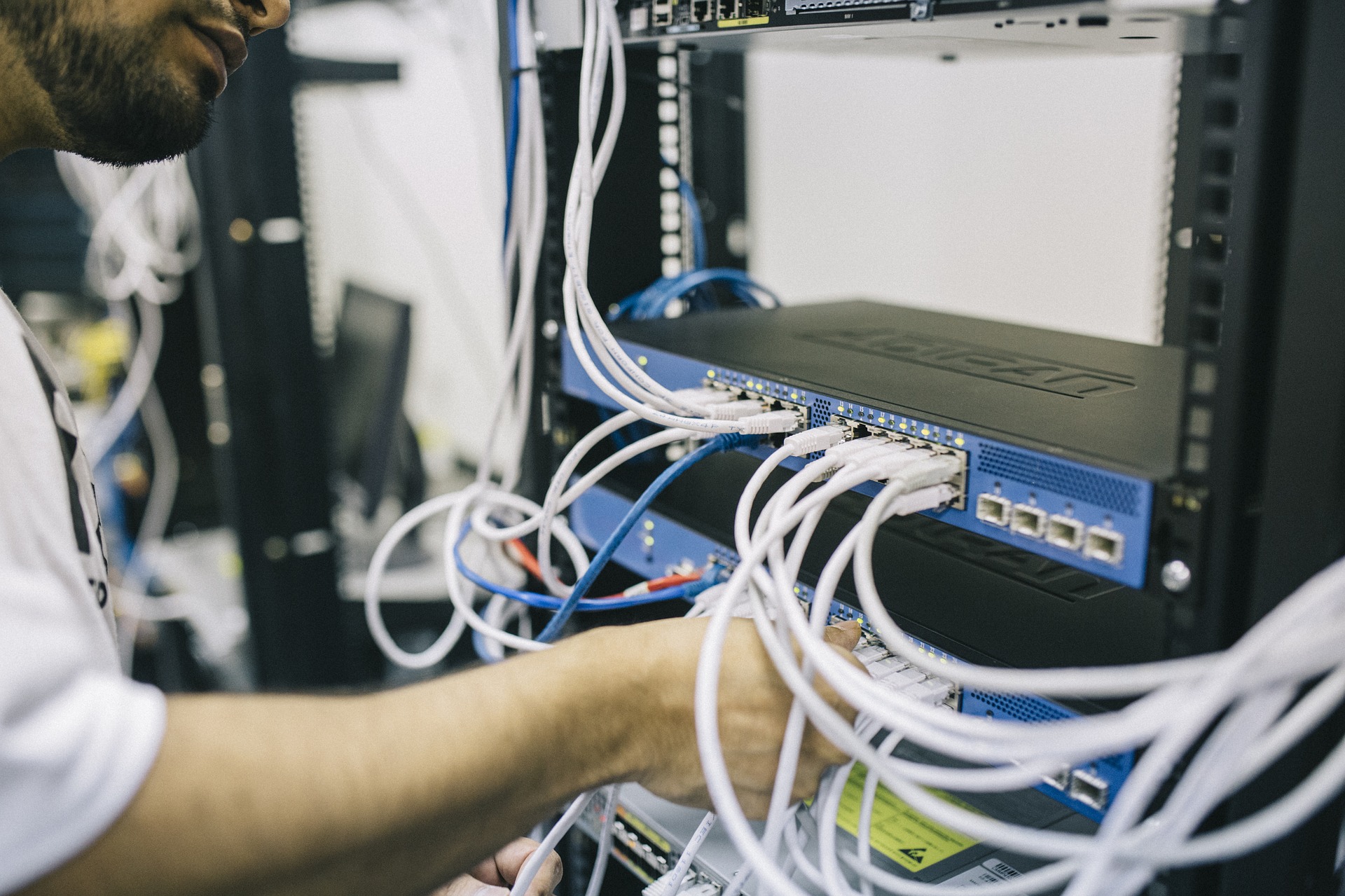Many people just assume that computer networks and the Internet will be there, run smoothly, and never be affected by hackers or malware. But last month, the so-called “WannaCry” ransomware attack brought down a number of computer systems all over the world, resulting in losses of time and money. Starting with a few simple requests via email to click onto a Google Doc link, it showed how potent and crippling a cyberattack can be.
It also serves as instruction to how to best defeat one. Some articles claimed that a common Microsoft patch could have been enough to stop WannaCry had everyone applied the patch prior to WannaCry’s launch. But I believe that standard Microsoft updating, patching and routine antivirus software is a thing of the past. Witness the brand-new Petya attack on global computer systems – exploiting systems in much the same way that WannaCry did, even when WannaCry should have given people ample warning.
I’m an advocate for Endpoint protection that provides protection against ransomware and viruses, provides packet inspection, and perform behavioral analysis and sandboxing technology using cloud technologies. We have the ability to create live updates to protect networks, and quite frankly, we need them!
In our Network Engineer program, we spend a lot of time doing hands-on work in class, to learn what tools are worthwhile in fighting network attacks. There’s only so much that the Internet can do to educate people. If that were the case, after all, there wouldn’t be a need for school in training IT professionals. And as the recent ransomware attack showed, there’s definitely a need for IT professionals who know how to shield networks and keep them running.




